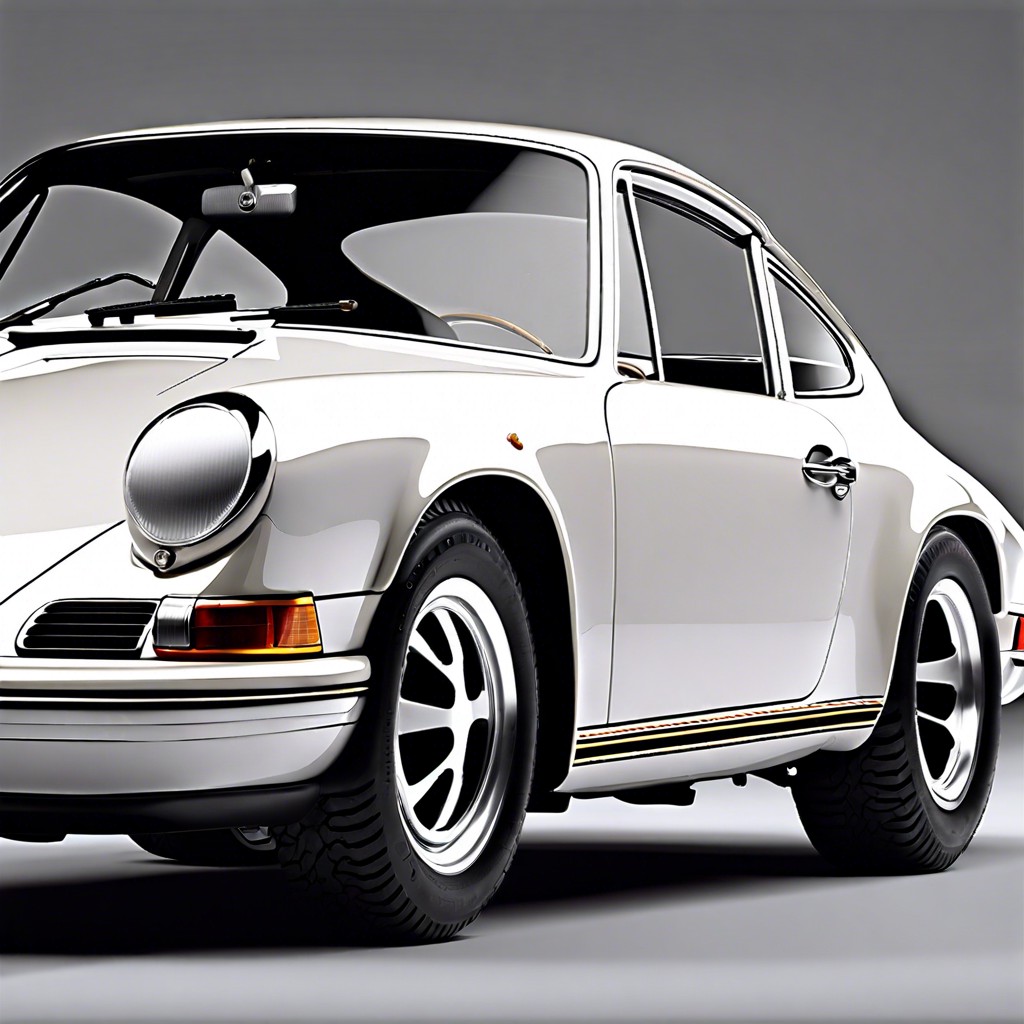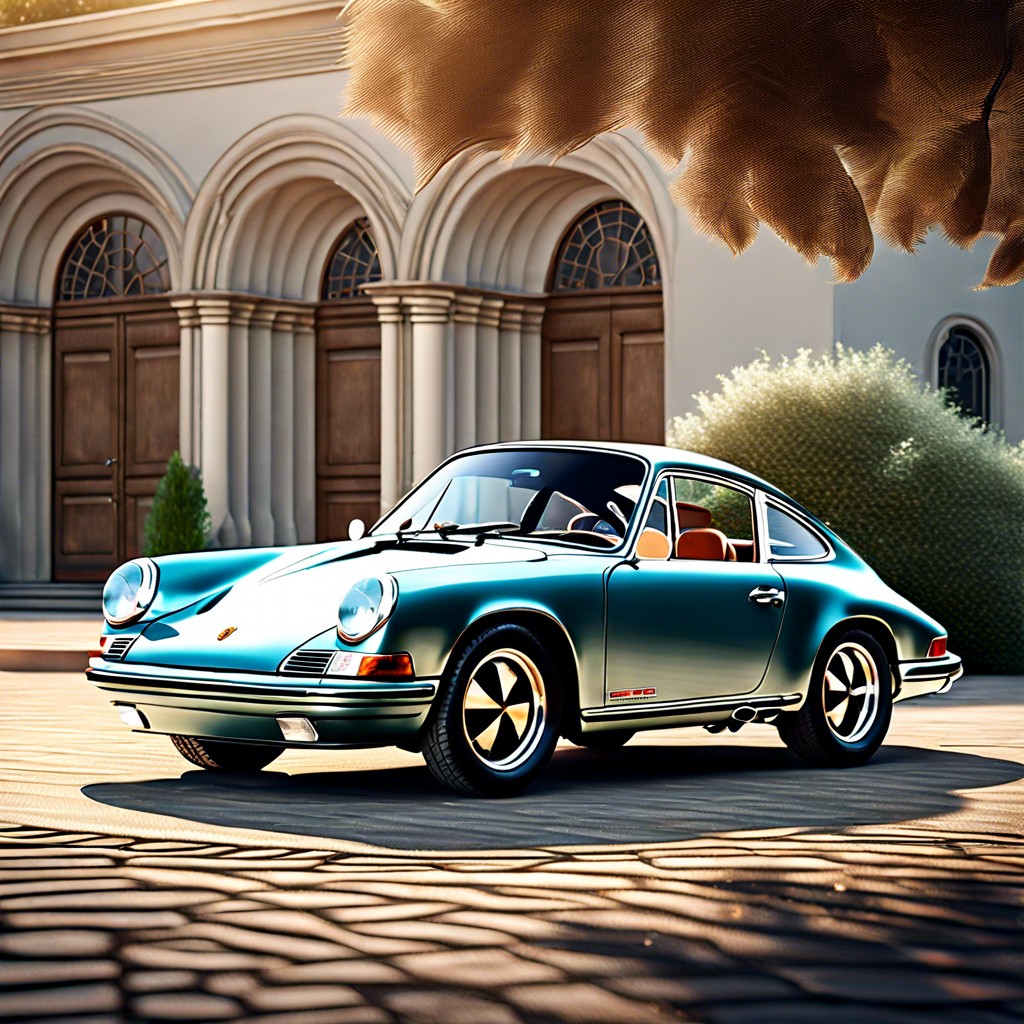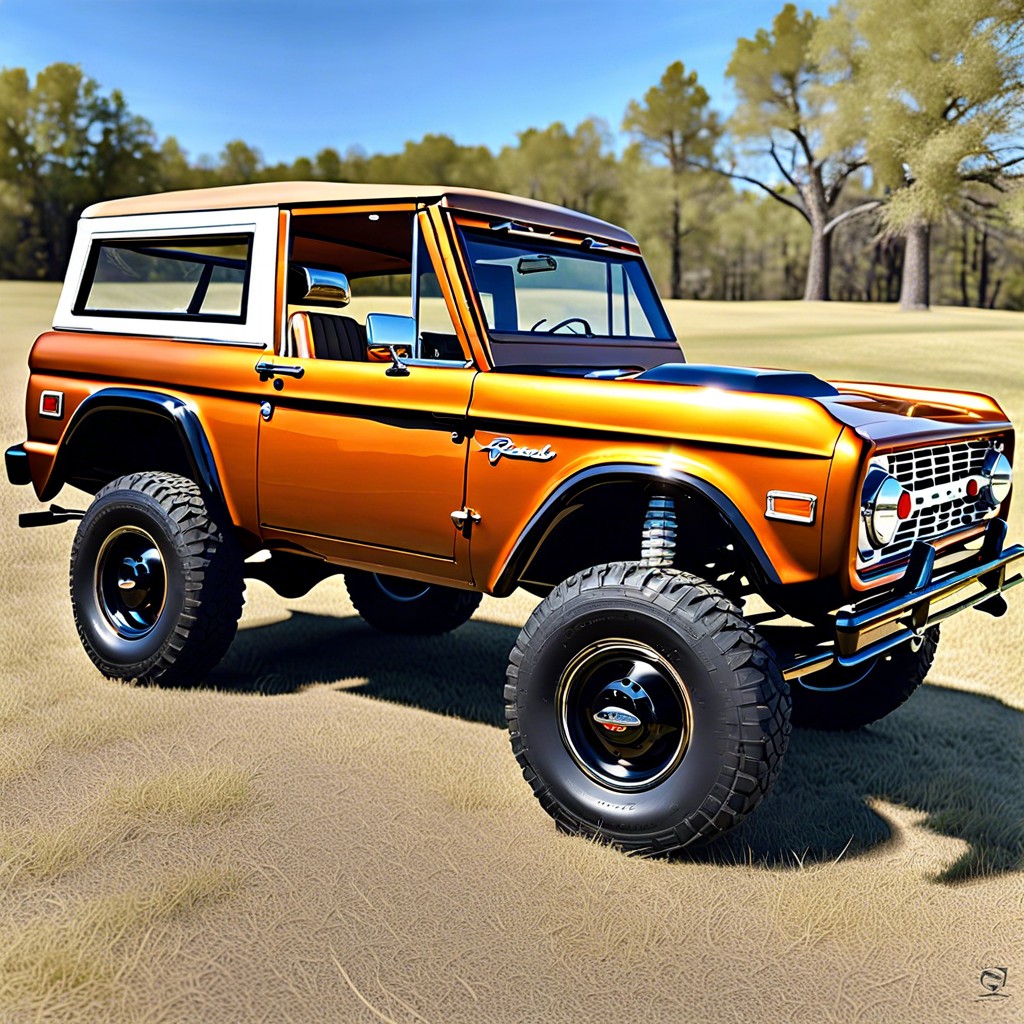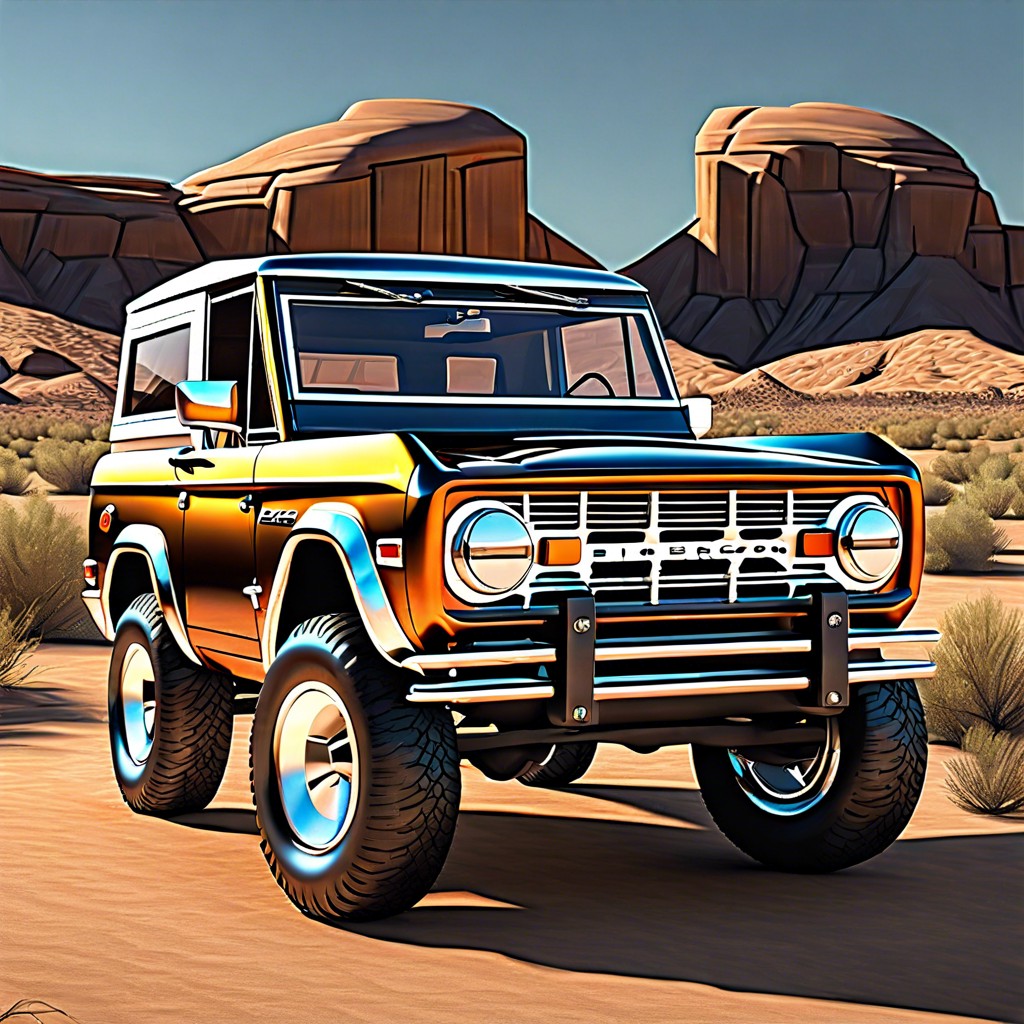Last updated on
Discover the essential considerations for acquiring a vintage Porsche 911, from model variations to investment potential.
Key takeaways:
- Each sub-model of the vintage Porsche 911 is unique.
- Genuine parts preserve authenticity and maintain value.
- Historical milestones shape the desirability of vintage 911s.
- Market trends show increasing interest and prices.
- Focus on history, authenticity, and condition when buying or selling.
Evolution of Vintage Porsche 911 Models

The Porsche 911, launched in 1963, quickly became an icon with its rear-engine layout and distinctive design. Initially dubbed the 901, due to Peugeot’s claims on three-digit model numbers with zero in the middle, it was renamed to 911. The earliest models sported a 2.0-liter air-cooled flat-six engine.
Over the years, the 911 underwent various improvements. By 1967, the 911S introduced better performance with a power boost and refined suspension, while the 911T became the entry-level offering. The 911E, launched in 1968, balanced sportiness with comfort.
The introduction of the 911 Carrera RS in 1973 was a significant event, marking the use of “Carrera” in the 911’s nomenclature and laying the foundation for future high-performance variants. This model featured a larger, 2.7-liter engine and a distinctive “ducktail” rear spoiler for improved aerodynamics.
Throughout its vintage years, Porsche continued to refine the 911’s body style, mechanical components, and interior, ensuring the model stayed at the forefront of sports car design and engineering. These gradual changes have made each sub-model of the vintage 911 unique and contributed to their collectability and reverence in the classic car market.
Importance of Genuine Parts for Vintage Porsche 911

Ensuring a vintage Porsche 911 retains its authenticity hinges on the use of genuine parts. These components not only preserve the originality and heritage of the vehicle but also tend to have a longer lifespan due to their superior quality, crafted specifically for the model. This adherence to original parts maintains the car’s value, which is a crucial aspect for collectors and investors.
Moreover, original parts guarantee compatibility, significantly reducing the risk of damage to other components and preserving the car’s performance. There’s a certain peace of mind that comes with the knowledge that each piece was designed to work in harmony with the vehicle’s engineering.
The sourcing genuine parts can be a meticulous task, often requiring patience and a network of trusted suppliers. Enthusiast clubs and specialized vintage Porsche dealers are valuable resources for locating authentic components. The investment in genuine parts is also recognized by the purist community, increasing the vehicle’s desirability and potential future saleability.
In essence, the commitment to genuine parts is a testament to the owner’s dedication to maintaining their vintage Porsche 911 in a state as close to its original conception as possible, ensuring its legacy and performance remain uncompromised.
Historical Milestones of Porsche 911 (1963 – 1973)

The Porsche 911, unveiled in 1963 as the 901, became an icon almost immediately. Due to naming rights issues with Peugeot, the 901 swiftly became the 911, and by 1964 production models hit the market. These early versions showcased the remarkable air-cooled, rear-mounted flat-six engine that became synonymous with the Porsche brand.
By 1966, the 911 lineup had expanded with the introduction of the 911S, featuring a more powerful engine and styled with Fuchs alloy wheels, a feature that quickly became a Porsche staple. These early cars, with their short wheelbase, are particularly admired for their driving dynamics.
The late ’60s saw continued evolution with the introduction of the Targa body style in 1967, offering a removable roof section and a distinctive stainless steel rollover bar, responding to anticipated safety regulations in the U.S.
The 1970s began with a significant increase in engine displacement from 2.0L to 2.2L, enhancing performance across the range. By 1972, the 911’s chassis underwent major changes with a longer wheelbase to improve handling, and in 1973, the introduction of the Carrera RS, a homologation special, brought lightweight construction, a larger 2.7L engine, and the iconic ‘ducktail’ rear spoiler. This year marked the zenith of the classic long-hood 911 before the introduction of the impact bumpers due to U.S. safety regulations.
Market Trends for Vintage Porsche 911 (1963 – 1973)

The appreciation of the Porsche 911 models from 1963 to 1973 mirrors the growing interest in vintage sports cars. Exclusivity and originality are key drivers influencing prices. Earlier models, particularly those sporting the original ‘Fuchs’ wheels or in rare colors, command higher values.
Demand has led to an increased presence at auctions. Well-documented service histories enhance desirability and consequently value. Notably, the 1973 Carrera RS, due to its racing heritage and limited production, has seen a significant rise in interest among collectors, thus affecting its market value.
The market exhibits a geographic preference, with European and North American collectors showing a strong interest in these early 911s. Supply remains relatively stagnant, ensuring that good-quality examples retain their value.
It is important for potential investors to remain vigilant regarding authenticity. The provenance, matching numbers, and condition can substantially impact a vintage 911’s market value. Restored models using period-correct parts are particularly sought after, but less so than completely original vehicles.
The influence of digital platforms and social media has amplified exposure to these vehicles, creating a more informed and competitive market environment. This digital transition is shaping the way enthusiasts and collectors approach acquiring vintage Porsche 911s, changing market dynamics accordingly.
Model-Specific Buying and Selling Advice

When considering the purchase of a vintage Porsche 911, pay close attention to the vehicle’s history. A well-documented maintenance record can significantly enhance the car’s value. Inspect the matching numbers on the engine and chassis; original components are highly valued and impact collectability. Beware of modifications as they can either decrease or, if period-correct and tastefully done, increase the car’s value. Rust is a common issue with older models, so a thorough inspection for corrosion, particularly in the floor pan and sills, is crucial.
Sellers should emphasize the car’s provenance, ensuring all records of ownership and service are organized and accessible. Original parts should be highlighted, and any history of restoration or repairs should be transparent. High-quality photography showcasing the car’s condition and any unique features or rare options can greatly influence buyer interest. Pricing must reflect current market trends; closely monitor auction results and private sales of similar models for a realistic valuation. Patience is key—while the market for vintage Porsche 911s is active, finding the right buyer who appreciates the particular characteristics of your model may take time.




